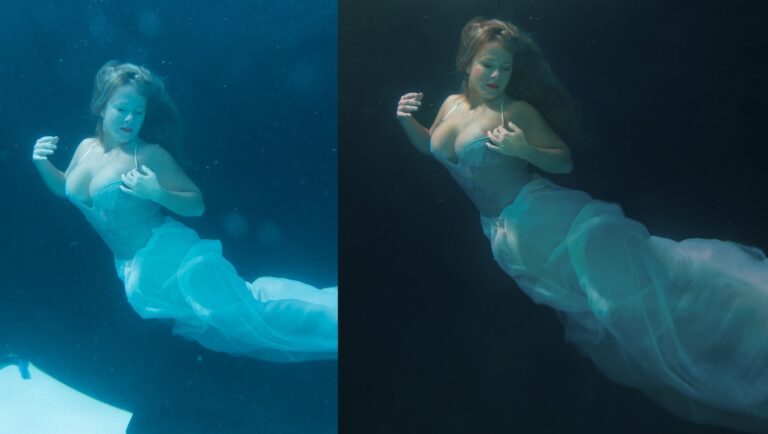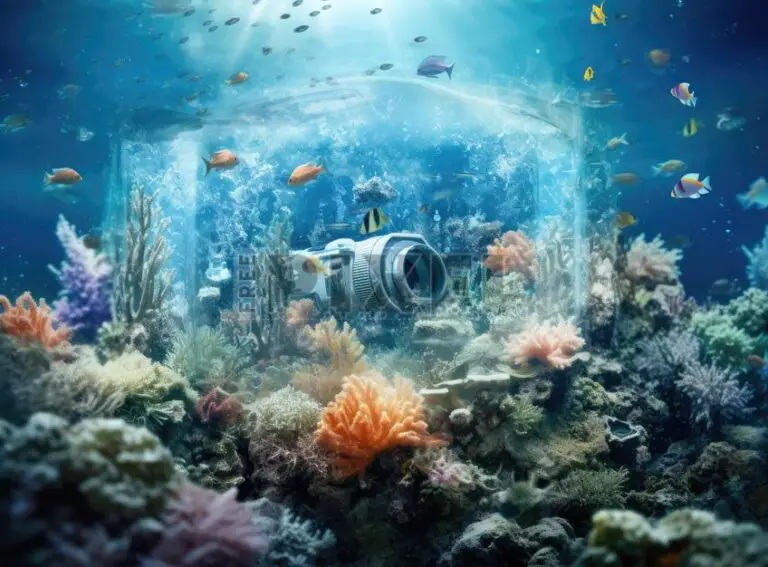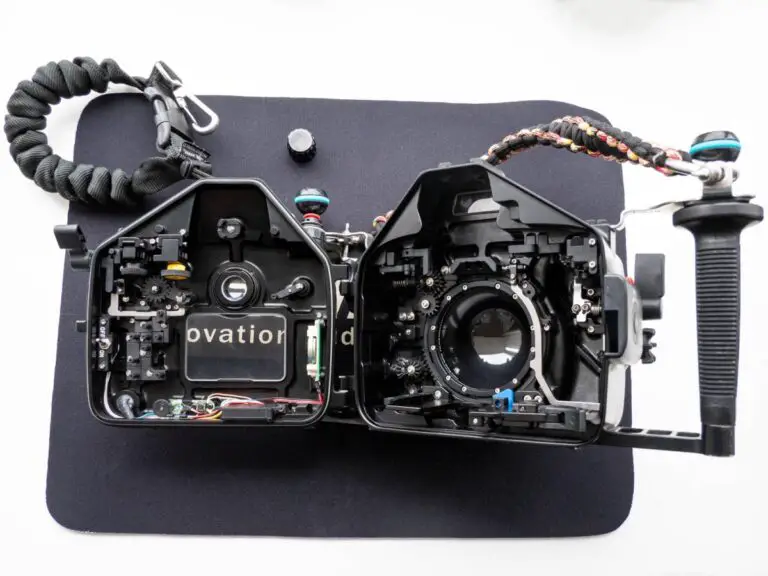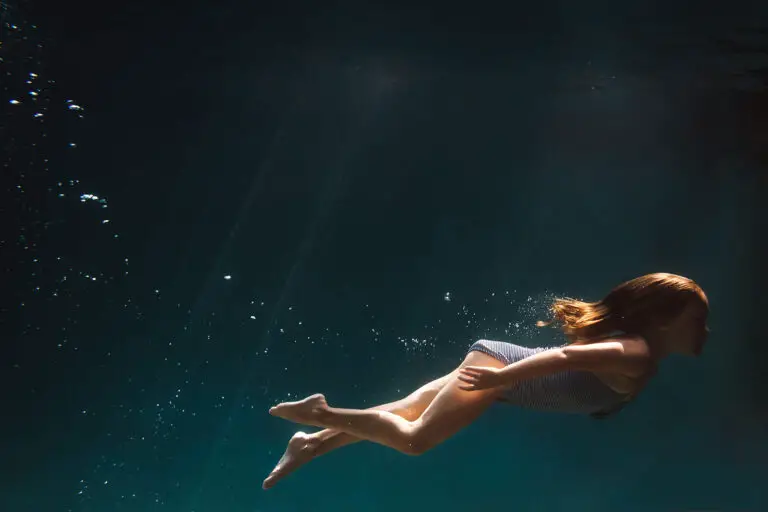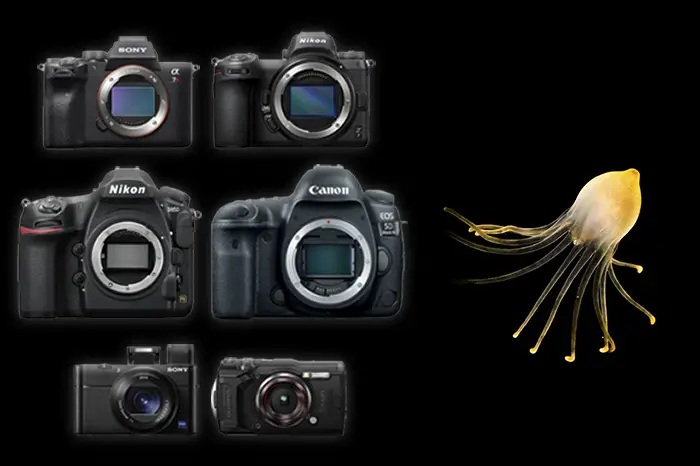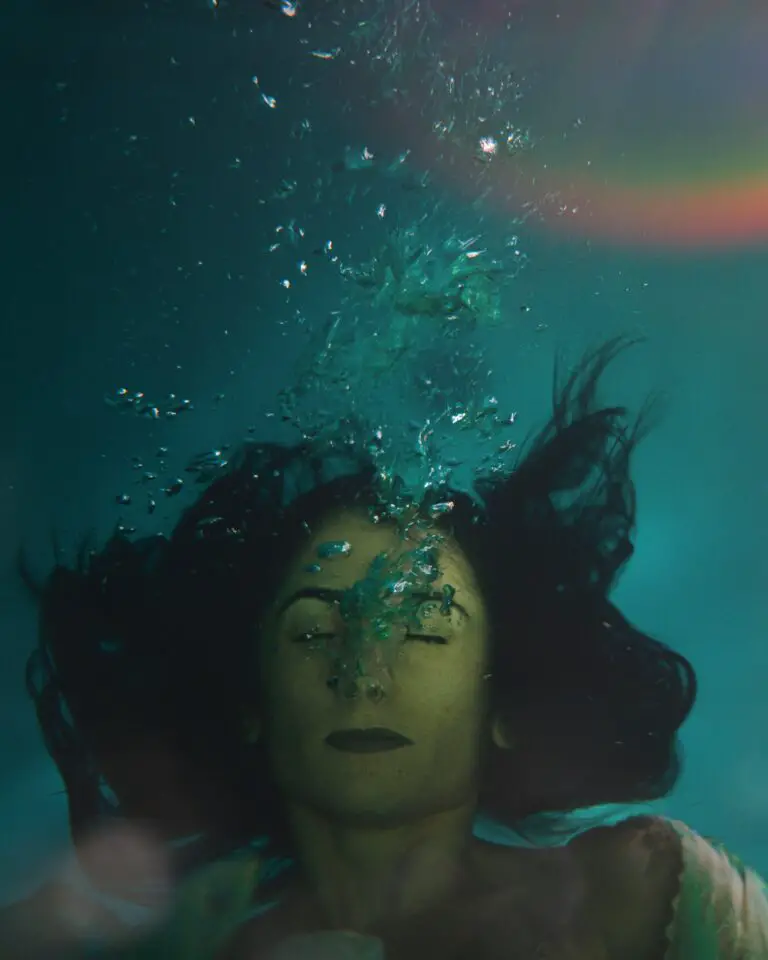Mastering Underwater Photography: Tips and Tricks for Capturing Stunning Shots
Underwater photography is a unique and challenging art form that offers a window into a world of serene beauty and diverse life. For scuba divers and photography enthusiasts alike, the allure of capturing images beneath the waves represents an exciting frontier. However, the lack of familiarity with the aquatic environment and the technical complexities can be daunting. This comprehensive guide is designed to immerse you in the craft of underwater photography, empowering you to take your skills to the next level and capture images that truly encapsulate the splendor of the ocean.
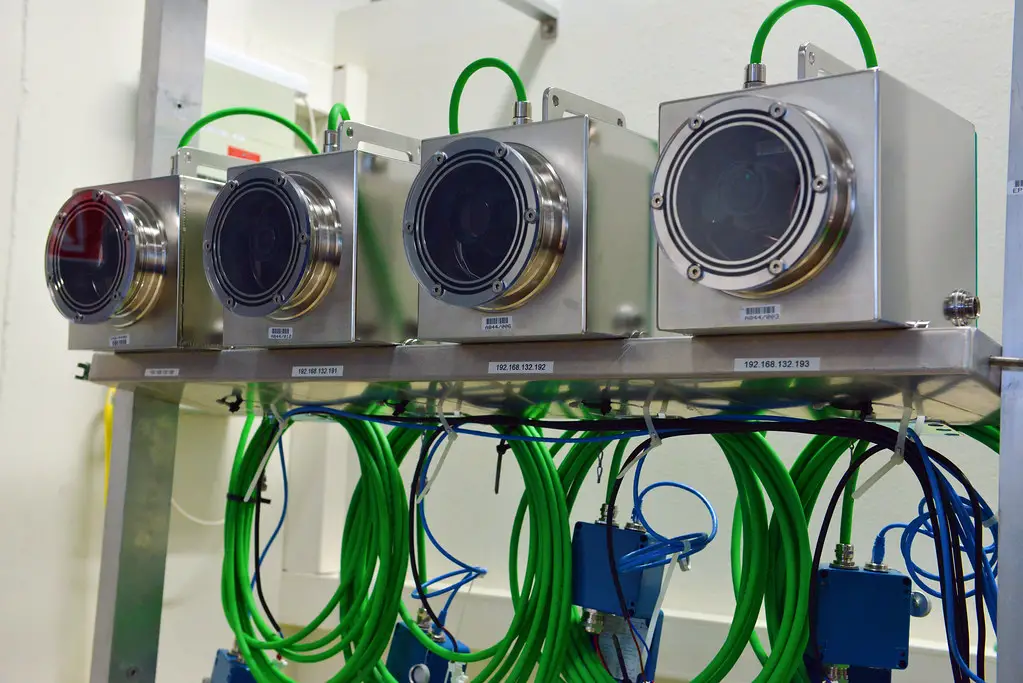
Introduction
Vivid coral reefs, mysterious shipwrecks, and the iridescent dance of marine creatures; the underwater world is a photographer’s dream, a landscape teeming with narratives waiting to be frozen in time. Yet, beneath the surface lies a photographer’s paradox – although the tropes of light, color, and subject are pronounced, the medium of water steers the rules into a new dimension.
In this blog post, we dissect the various layers of the art of underwater photography, delving into the crucial aspects of composition, mastering light and color, and the symbiotic relationship between photographer and marine life.
Understanding the Basics
The Significance of Equipment and Settings Underwater
The success of your underwater photography hinges on the gear you use and your familiarity with it. Unlike land photography, the water column not only refracts light but also attenuates colors, sometimes dramatically so. This calls for specialized equipment and settings to break the surface and capture the vibrancy of the submerged world.
Choosing the Right Camera and Housing
While compact and action cameras offer affordability and convenience, DSLRs and mirrorless systems provide superior image quality and versatility in lens choice. The decision is a balance between your budget, commitment to the craft, and the level of quality you aim to achieve. Quality underwater housings are non-negotiable, ensuring your camera is both protected and functional in the aquatic environment.
Balancing Act: ISO, Shutter Speed, and Aperture
Your camera settings are your compass underwater. ISO should be the lowest possible to preserve the image quality; shutter speed must consider the water’s movement and your own, especially without a flash; and aperture affects the depth of field and the exposure. With depth fore-shortening your image focal range, mastering these settings becomes key.
Mastering Light and Color
Utilizing Natural Light and Filters Underwater
Natural light is the most common and most beautiful source of light underwater. However, the loss of red and other warm tones as you descend demands white balance adjustments and the use of color-correction filters to counteract the blue spectrum dominance. Understanding the angle, warmth, and intensity of light at various depths and times will allow you to use these tools to your advantage.
Playing with Perspectives
Leverage the unique perspectives that water provides. Play with the light from above to create silhouettes, position yourself against the sun to create sunbursts, and frame your shots through natural windows and crevices. The interplay of light and water offers unparalleled opportunities for dramatic composition.
The Power of Artificial Light
Strobe and video lights are invaluable assets to underwater photographers. They not only restore the natural color spectrum but also allow you to sculpt the scene, highlighting details, and casting shadows to enhance the three-dimensionality of your subjects. The cardinal rule with artificial light is subtlety; avoid over-illumination that can flood out natural light and cause visual chaos.
Composition Techniques
Framing, Perspective, and Subject Placement Underwater
Good composition is the backbone of any photograph, but underwater, it can be a little more complex. Natural buoyancy, directionality within the water, and the 360-degree environment challenge the traditional rules of composition.
The Rule of Thirds and Leading Lines
Incorporate the rule of thirds into your underwater images by imagining your frame divided into nine equal segments. Place the key elements along these lines or at the points where they intersect, guiding the viewer’s eye. Use the lines and flow of the underwater environment to create leading lines that draw the eye to your subject.
Working with Negative Space and Depth of Field
Negative space can be as compelling as the subject when used effectively underwater. It can evoke a sense of vastness and isolation. Depth of field can be used to isolate the subject from its background or to show the harmony of life in the environment. Both these concepts are powerful tools in your underwater composition arsenal.
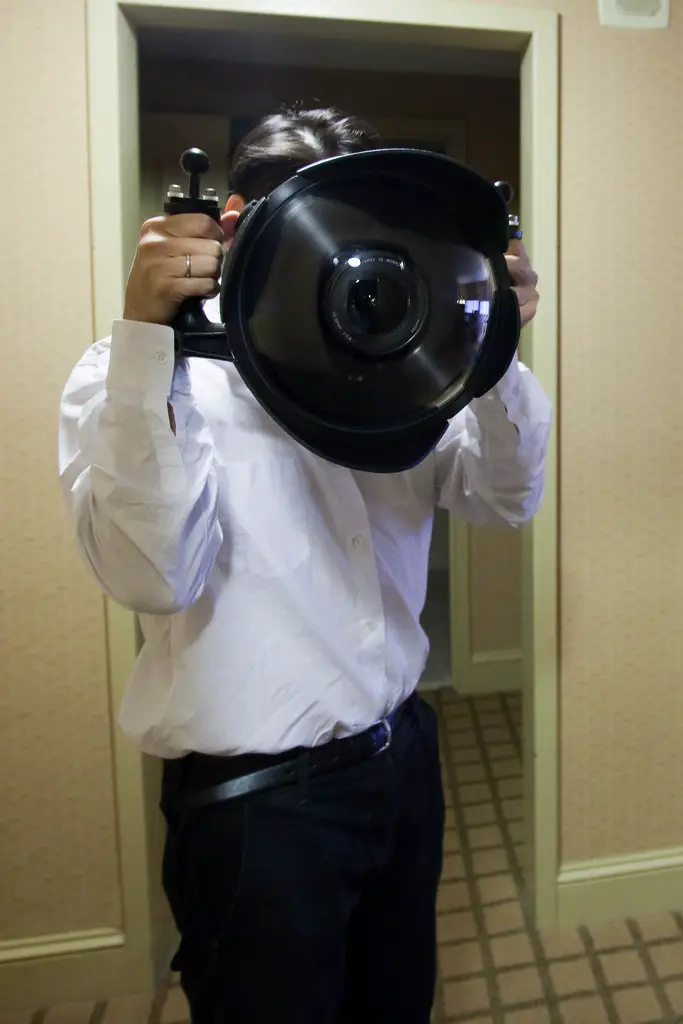
Tips for Capturing Wildlife
Approaching Marine Life, Patience, and Capturing Unique Moments
The most spectacular images in underwater photography often involve marine life. Yet, capturing these moments requires a delicate understanding of the animals you encounter and patience to wait for those perfect shots.
Ethical Approaches to Wildlife Photography
Respect the natural behavior and boundaries of marine life. Keep a safe distance, move slowly and deliberately, and never chase or crowd your subjects. Fundamentally, remember you are a guest in their habitat, and your presence should not disrupt their lives.
Timing and Predicting Animal Behavior
Spend time observing and learning to predict the behavior of the creatures you encounter. This will enable you to anticipate and capture unique and often fleeting moments that define the character or ferocity of the marine world.
Post-Processing for Impact
Editing Underwater Images for Clarity and Vibrancy
The work is not over once you’ve surfaced. Post-processing is where the fine-tuning of your underwater images takes place, elevating good shots to great ones.
Correcting and Enhancing Underwater Images
Correct the white balance to bring back the natural, warm tones. Global and local contrast adjustments can restore lost details and create a sense of depth. Enhance vibrancy and adjust specific color channels to make your images pop without overdoing it.
Dealing with Backscatter
Backscatter, the unwanted speckling of light in your images, is a common issue underwater. The key to handling backscatter is in the shooting, where minimizing the use of flash can be useful. In post, retouching techniques such as cloning and healing can be used selectively to remove the distracting elements while preserving the integrity of the image.
Showcasing Your Work
Platforms for Sharing Underwater Photography and Building a Portfolio
Once you’ve honed your craft, it’s time to share your work with the world. Building a portfolio and gaining exposure can be as rewarding as mastering the photography itself.
Online Communities and Social Media
Online platforms like Instagram, 500px, and photography forums are excellent for networking, learning, and showcasing your work. Share your images with relevant hashtags and join groups dedicated to underwater photography to connect with a supportive community.
Creating a Portfolio
A dedicated website or blog can serve as a professional platform to display your work. Organize your images in galleries that tell a story and reflect the breadth of your capabilities. Include background information on the locations and techniques used for each shoot to add depth to your portfolio.
Conclusion
Underwater photography is not merely about capturing what you see; it is a story of adaptation, creativity, and patience. Each shot has the potential to transport viewers to the hidden majesty of the ocean. By mastering the craft, respecting the environment, and constantly learning and experimenting, you can unlock the full potential of underwater photography.
Practice in different conditions, from the calm shallows to the deeper, more robust territories, and witness your own evolution as a photographer. Engage with experts, study the work of masters, and never stop seeking that next shot that leaves you breathless – both figuratively and literally.
Now, take a deep breath and plunge into the depths, for the underwater arena awaits your unique vision.


